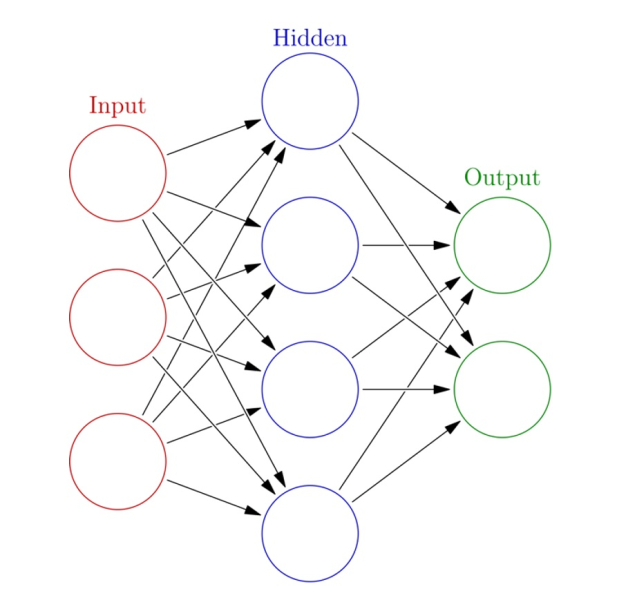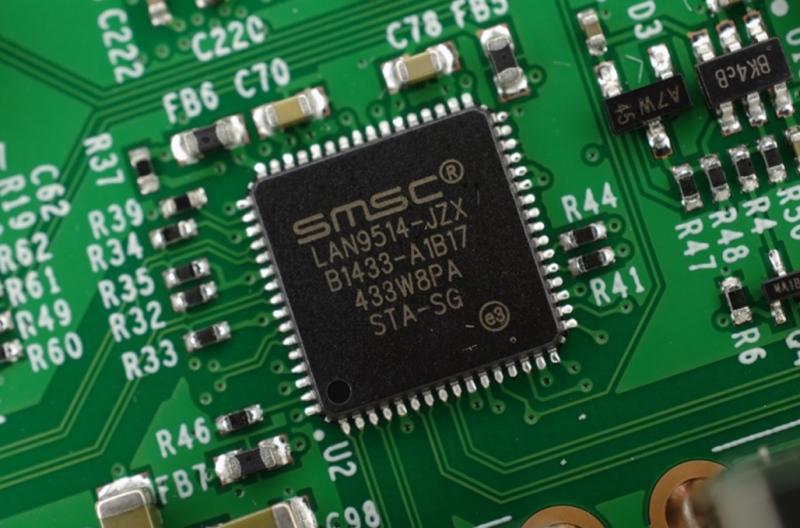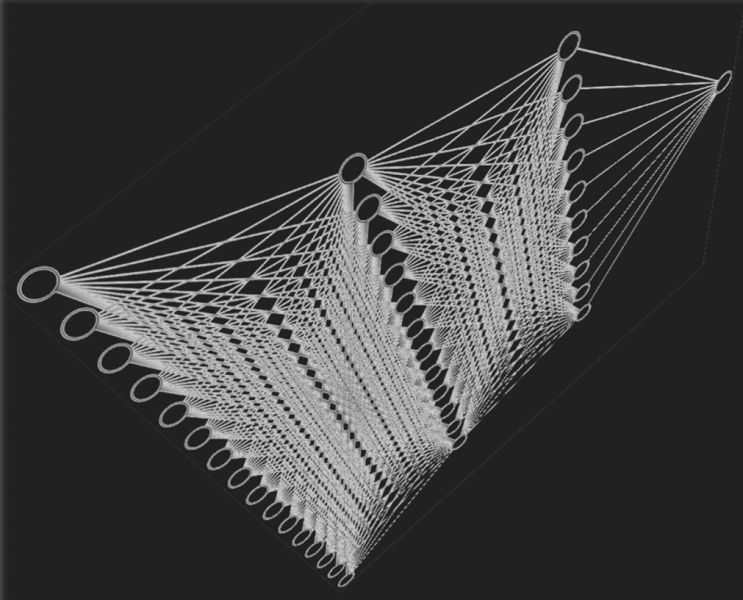The Age of Silicon-Based Species
Today, the age of silicon-based species. The University of Houston presents this series about the machines that make our civilization run, and the people whose ingenuity created them.
Imagine you’re working on a complex task that may take hours, days, or weeks to complete. Now, imagine a newcomer that can do this task in just a few seconds. This newcomer can do many different tasks, like run business transactions, solve problems, implement strategies, write computer codes, draw paintings, create poetry, and much more. Yes, Artificial Intelligence or in short, AI is here. And with AI, a new non-carbon-based species has emerged on earth.

Figure 1. A depiction of neural net completion for artificial intelligence
We did it! We created a new intelligence! What a fantastic achievement! But wait! Is it all positive? Let’s take a deeper look.
This new intelligence is based on machine learning, computer technology and silicon microchips. What is machine learning? It’s a special coding that allows the computer program to learn on its own. It can read, observe, and collect data and come up with new ideas and decisions. More information can be found in this episode’s website.
We can think of the AI as a silicon-based intelligence. Humans and all other biological species are carbon-based. We need oxygen, food, water, and sleep for survival. This new intelligence does not have the same needs. And it can grow more intelligent at exponential rates! Indeed, AI is evolving to levels beyond human intelligence, known as the Artificial General Intelligence or AGI.

Figure 2. An artificial neural network with interconnected group of nodes

Figure 3. An encapsulated silicon semiconductor microchip (black device) attached to a printed circuit board (green)
Will this new silicon-based species become our best friend? Will AGI help improve our lives? Cure cancer and other diseases? Bring utopia on earth? Or will it advance billion times beyond our intelligence and abandon us? Or worse, will it harm us?

Figure 4. An illustration of an artificial neural network
AI and AGI can make many positive changes in our lives. But we also need to be cautious. Many experts are voicing concerns about the potential dangers of AI, if we fail to implement safety measures. We want this new intelligence to be aligned with our goals, needs and ethical principals, and have humanity’s best interest. Experts are focusing on solving the AI alignment problem. It will not be easy. There are inherent challenges along the way.
This is a critical time for us as human species. We need to be active in science, engineering, and technology, to make informed policy decisions, and to protect our human society and existence. And if we do this right, then we can welcome the positive impacts of the new silicon-based species.
I’m Haleh Ardebili at the University of Houston, where we’re interested in the way inventive minds work.
(Theme Music)
Notes:
- Figure 1 provides an illustration of neural net completion for artificial intelligence
https://en.wikipedia.org/wiki/File:Artificial_intelligence_prompt_completion_by_dalle_mini.jpg - Figure 2 shows an artificial neural network with interconnected group of nodes
https://en.wikipedia.org/wiki/Artificial_neural_network#/media/File:Colored_neural_network.svg - Figure 3 shows an encapsulated silicon semiconductor microchip (black device) attached to a printed circuit board (green)
https://en.wikipedia.org/wiki/Microchip_Technology#/media/File:Raspi_15804927744_b21a9c1a20_o.png - Figure 4. An illustration of an artificial neural network
https://en.wikipedia.org/wiki/Machine_learning#/media/File:Neural_network_with_dark_background.png - AI experts who have raised concerns of the potential dangers of AI include Professor Max Tegmark (MIT), Mo Gawdat (Former Google CBO), Dr. Geoffrey Hinton (Former Google Scientist, known as the ‘Godfather of AI’), and many others.
- Pause Giant AI Experiments: An Open Letter; Source: https://futureoflife.org/open-letter/pause-giant-ai-experiments/
- Gabriel, Iason. "Artificial intelligence, values, and alignment." Minds and machines 30, no. 3 (2020): 411-437.
https://link.springer.com/content/pdf/10.1007/s11023-020-09539-2.pdf - Ardebili, Haleh, Jiawei Zhang, and Michael G. Pecht. Encapsulation technologies for electronic applications. William Andrew, 2018.
- Jordan, Michael I., and Tom M. Mitchell. "Machine learning: Trends, perspectives, and prospects." Science 349, no. 6245 (2015): 255-260.
This episode was first aired on February 27, 2024.